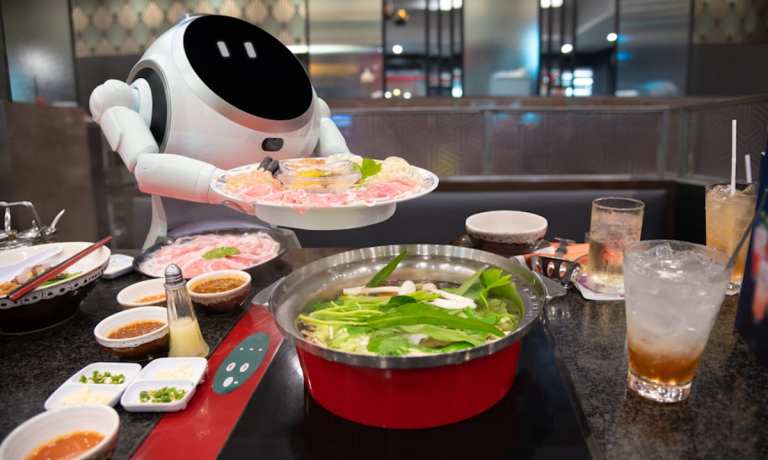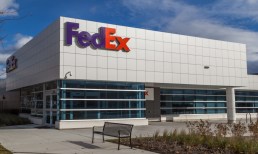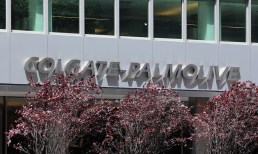As the automation of food service progresses, new robots are emerging to tackle a wider range of kitchen tasks. Previously, we saw robots take on salads, bowls and burgers. Now, two new restaurants in Illinois created by Nala Robotics will use automated kitchens to create foods from all around the world, according to Restaurant Hospitality. Cuisines ranging from Malaysian to Mexican to Cajun will be on the menu, with around one hundred meals available to order. The company’s goal is to grow the restaurant through franchising.
The restaurant’s repertoire can increase in just the time it takes to enter a new recipe into the database. Nala Robotics President and Co-founder Ajay Sunkara told Restaurant Hospitality, “if there is a burger joint in New York that has a great following and wants to expand, we can upload that recipe in Naperville, and customers will get the exact same burger.”
While the midwest is getting robot-made cuisine from all around the world, the West Coast is getting its own robot restaurant specializing in Chinese food. The U-Fry Chinese Café, opening this month, will feature foods from five different parts of China prepared by an Internet of Things (IoT)-enabled kitchen, reports The Business Journal. The restaurant’s creator, Tony Pan, has not revealed any specifics about the robots or the software he is using to create this kitchen.
As robots are created to assist with more tasks in the kitchen, out of view, automation is also starting to take on the consumer-facing side of restaurant operations. Robo-waiters are being developed to automate customer service. At Sushi Island, a Japanese restaurant in Canada, a robot named BellaBot, made to look like a cartoon cat with an animated face, serves guests their sushi. This automated server was created by Chinese robotics company Pudu Robotics. BellaBot builds an emotional connection with consumers, responding to being “pet” with cute, cat-like expressions. According to the company release, local reactions range from “Bella is a treat and was quite amusing to my children and myself” to “a few more jobs out the door.”
Meanwhile, at the intersection of automation and human work, Dawn Avatar Robot Café in the Nihonbashi district of Chūō, Tokyo uses robots to extend restaurant jobs to people who were previously excluded from the service industry. As Time Out Tokyo reports, the café uses humanoid robot waiters controlled by disabled workers who otherwise would not be able to perform the physical labor necessary for the job. These “avatar robots,” created by Japanese robotics company Ory Laboratory Inc, are four feet tall, internet-enabled and have a camera, microphone and speaker, enabling their operators to communicate with guests. They are also capable of the fine motor tasks required to serve food and beverages.
Soon, robots could be integrated into every step of the restaurant supply chain, from the ingredients’ production until the meal arrives at the table. Agricultural robot company FarmWise is creating automated farming tools, reports TechCrunch, testing out robotically applied pesticides and weed killers. Meanwhile, Google’s parent company Alphabet has created a robotic plant inspector, and California-based agriculture robotics company Future Acres just announced the Carry robot, which uses artificial intelligence (AI) to transport crops.
Advertisement: Scroll to Continue
“We see Carry as a kind of harvesting sidekick for workers. It’s an autonomous harvesting companion,” Future Acres CEO Suma Reddy told TechCrunch. “What it can do in the real world is transport up to 500 lbs. of crops in all terrain and all weather. It can increase production efficiency by up to 30 percent, which means it pays for itself in only 80 days.”
Read More On AI:




